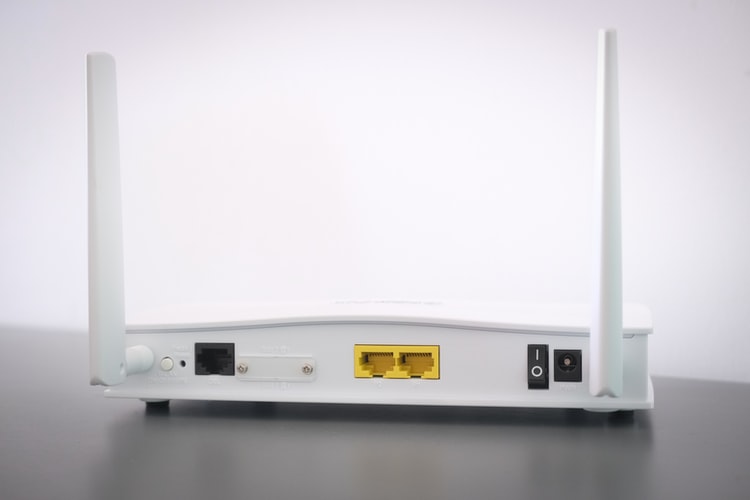Technology
4 Ways to Speed Up Your Connection with Wi-Fi and Routers

Are you experiencing slow service? Here are four easy ways to speed up your connection with Wi-Fi and routers.
1. Check Your Equipment
The fastest Wi-Fi routers offer hardware and functionality to improve your connection, but upgrading your router may not be necessary. If you’re taking the time to check your equipment, check your service, too. These are the things you should look for:
- Make sure your internet service provider (ISP) doesn’t have a low data cap on your connection.
- If your ISP is capping your service, consider an upgrade. Fiber and cable internet are the best option.
- Reset your router to ensure it’s functioning optimally.
If you don’t plan on upgrading any element of your setup, go through and check everything to make sure it’s allowing for optimal performance. For instance, resetting your router and modem will stimulate your ISP and can lead to faster service. You should do that monthly or, if you have really slow service, potentially every day. You can get a timer to do this automatically if you’d rather not do it manually.
2. Rethink Your Setup
The next thing you should look into changing if you’re trying to improve your Wi-Fi connection and speed is the location of your router within the house. For optimal speed, your router needs to be placed near the center of the home so your wireless devices can easily connect to it from anywhere and get a strong signal. If you have a large home or you can’t locate your router in the center of it, consider getting a signal repeater to strengthen the signal in rooms that aren’t near the router.
Additionally, while wireless connections are favored for their convenience, if you want faster speeds for activities like video calls or gaming, it may be time to consider a wired connection. Wired connections are faster and more reliable, and they merely require you to plug into the router by running the right kind of cable from your router to your device. You can get cable at any length so that you can connect to your router whether you’re in the same room or across the house.
An Ethernet cable is the ideal option for your gaming system, TV, and other devices that don’t move. While wiring your laptop and smartphone is totally impractical, getting a wired setup going for the aforementioned devices will prove well worthwhile because you’ll definitely notice an improvement in performance.
3. Protect Your Devices
One surefire way to slow down your internet connection and devices is malware and viruses. Make sure you scan your devices regularly to ensure they’re clean and use an anti-virus software to prevent infections on your network. Protecting your router is also of utmost importance, because hackers can target your entire network, not just one device, and you might not even know it until you go looking.
Additionally, you can install ad blockers on your devices to help speed up your internet connection. This helps because just about every website out there will show you a ton of ads when you visit the website, and even if you don’t mind seeing them, loading all that media definitely slows down your internet connection.
Next, while you’re thinking about how your devices can impact your internet speed, go ahead and clear the cache on all of your browsers and take the time to ensure your devices and their browsers are up-to-date. Running an outdated browser is a potential security risk and it can slow things down. Opt for a browser with a streamlined experience that will run more efficiently and help speed up your connection.
4. Update Your Router’s Settings
Your router likely has a few settings that can improve your internet connection, especially if you have a newer router. For instance, most routers today offer two Wi-Fi networks, a 2.4 GHz and a 5 GHz connection. The latter is the faster of the two and ensures less interference, so it’s great for your work or gaming computer to connect to.
While you’re considering these technical settings, it’s also worth checking the request to send (RTS) rate on your router and increasing it to see if that improves performance. Likewise, your router might have an entertainment setting that gives priority to a device that’s gaming or watching movies while multiple devices are on the network.You might be able to de-prioritize devices that are doing those things if you want to take priority when working or studying.
With just a few alterations to your router’s settings, you can probably improve your experience and get a faster connection without the need for any hardware upgrades.












